
On July 11, 1883, Hebrew Union College in Cincinnati hosted a banquet marking two milestones: the graduation of the college’s first class of rabbis and the 10th anniversary of the Union of American Hebrew Congregations. Rabbi Isaac Mayer Wise, the President of both institutions, had invited some traditionalist Jewish leaders to join in the celebration; but a mix-up with the caterer led to the inclusion of soft shell crabs, shrimp salad, and frog legs in the meal. The traditionalists left in a huff; the dinner immediately became a cause célèbre in the Jewish press and was called “The Trefa Banquet.”
Early advocates of Reform Judaism opposed the observance of kashrut. Wise, defending himself against criticism of the banquet, disparaged kashrut as “kitchen Judaism.” In 1885, when the American Reform movement articulated its foundational principles in the Pittsburgh Platform, they asserted that kashrut “is apt rather to obstruct than to further modern spiritual elevation.”
Kashrut was uncomfortable for the 19th-century acculturated Jew. This is not just because they had chosen to reject the ritual “husk” of Judaism. Underneath the surface, another concern was lurking: Separation. In his review of Reform views on kashrut, Aaron Gross notes that the early leaders of Reform Judaism wanted to foster greater integration between Jews and non-Jews; kashrut would only get in the way, a rigid barrier that made social ties very difficult. This remained a concern of progressive Jews. A half a century later, Rabbi Mordechai Kaplan, who otherwise promoted kashrut in his writings, recommended to his followers to “eat freely in the house of a Gentile,” so that “dietary practices would no longer foster the aloofness of the Jew.”
While the early Reformers saw their break with kashrut as a response to modernity, criticism of kashrut is actually quite old. Roman and Greek authors mocked kashrut as ascetic and arbitrary, particularly the prohibition against eating pork. In the New Testament, a different critique is offered: “Not what goes into the mouth defiles a man; but what comes out of the mouth, this defiles a man.” (Kashrut would later play a role in medieval Christian-Jewish polemics.) Rituals like kashrut are a target for both idealists and hedonists.
Notwithstanding these criticisms, ritual is a foundation of the Torah. Rituals are distinctively and instinctively human, part of the most secular of lives, from breakfast to anniversaries and New Year’s parties. Judaism’s emphasis on religious ritual recognizes that humans are more than hearts and minds; and the ritual mitzvot bring spirituality to the embodied self. And nothing could be more embodied than eating.
Kashrut demands that we pay attention to what goes into one’s mouth. In Parshat Shemini, the Torah delineates the types of animals, birds, fish, and grasshoppers that are kosher. Animals must have split hooves and chew their cud, and fish must have fins and scales. The non-kosher birds are listed, and the Mishnah explains that they are birds of prey; grasshoppers must have six legs.
The Torah offers no reasons for why certain animals are kosher and others are not. In response, many theories have been proposed, falling into five major categories.
The first theory is that non-kosher food is unhealthy. In the 1100’s, the Rashbam wrote that, “According to the plain meaning of the verse and as a response to the heretics (i.e., Christians): All the living beings that the Holy One, blessed be He, prohibited to Israel are repulsive and harmful….Even renowned physicians affirm this.”
A few years later, Maimonides wrote that pigs are forbidden because “their habits and their food are very dirty and loathsome….. if it were allowed to eat pig meat, the streets and houses would be more dirty than any cesspool, as may be seen at present in the country of the Franks.” Non-kosher animals are unhygienic and unhealthy.
Many later commentaries have attacked this theory. If the Torah was interested in offering health advice, why not advise people on how to avoid poisonous plants? And if these animals are unhealthy, why are these commands being given only to Jews, and not to all of humanity?
A second theory sees kashrut, like many other mitzvot, as focused on building self-control. Rabbeinu Bachya explains:
“Desire is embedded in a person from his youth, as he is naturally drawn toward physical pleasures, and as he grows, these desires grow with him….Therefore, a person needs the Torah and the commandments in order to strengthen the power of the intellect and to weaken the power of desire. For this reason, we were commanded regarding the prohibitions of forbidden foods…”
Other commentaries take this idea further. While the choice of which living beings are considered kosher isn’t arbitrary, what is most important religiously is the act of selection, of limiting what one may eat. Rabbi Samson Raphael Hirsch and Rabbi David Zvi Hoffman both see this limitation as fundamental to holiness and an expression of one’s loyalty to God.
Another theory interprets these commandments as metaphysical; eating forbidden foods impacts the soul, because it spiritually “stupefies the heart.” This idea is hinted at by the Talmud (Yoma 39a) and influences multiple halakhic discussions; for example, if a deathly ill person needs to eat meat on Shabbat, it is better to violate Shabbat and slaughter a kosher animal than to give the person non-kosher meat. The forbidden foods are simply bad for the soul.
A fourth theory, offered by the Ramban and multiple others, gives a symbolic explanation for kashrut. We are what we eat. Our choices reflect our moral sensitivities; to eat predators is to bring one close to cruelty. The animals, birds, and fish that are permitted are all docile. They have neither talons, pincers, nor claws for hunting other animals; they chew their cud to enable them to subsist on a diet of plant matter. Kashrut is the gateway to a greater ethical sensitivity.
Rabbi Abraham Isaac Kook connects this ethical insight to a larger vegetarian vision found in the Torah. He cites multiple examples to support his view. Meat was initially prohibited to Adam, and only permitted to Noah after the flood. Even then, severe limitations were put on their use. Blood is prohibited. Only some animals are allowed to be eaten. Animals must be slaughtered in a ritual manner. You may not cook an animal in the very milk that nurtured it when it was young. All of these rules point to a general desire to protect animals and encourage vegetarianism.
It is here where we circle back to the idea of separation. Jews in the 19th century were uncomfortable with how kashrut creates social barriers between themselves and non-Jews; but that may be kashrut’s defining feature. Shmuel David Luzatto (Shadal) points out that the rules of kashrut are found in the book that enumerates the laws of priests. He writes that “The prohibitions of forbidden foods are matters of holiness, intended so that Israel may be a kingdom of priests and a holy nation…every individual in Israel is to be set apart by statutes and teachings from the nations that worship idols. As a result…he will cleave always to the God of his forefathers and …he will not exchange his glory for the abominations of those nations.”
According to Shadal, the food taboos of the Jews were intended to construct a culinary ghetto. Shadal adds that “if all the people of the world believed in the One God and followed just laws, this separation would not be necessary,” and offers in addition the ethical theory for these laws. But that doesn’t change the lived effect of kashrut. To be kosher is to be different. On airplanes and at business dinners, the kosher consumer stands out.
Observant Jews were a nation that ate alone, at least until recently.
The early 20th century saw a dramatic jump in industrial food production. Large food companies shipped their goods to supermarkets nationwide; consumers could buy ready-made products that used to take them hours to prepare. Kashrut supervision agencies began to offer certification to large companies; in 1923, the Orthodox Union certified Heinz baked beans. Well-known products like Coca-Cola soon followed suit. When Oreos became kosher in 1997, one Rabbi declared in the New York Times that American Jews had “made it.”
With the growth of readily available kosher products, the kosher difference has shrunk, and is shrinking further. Top restaurants and caterers will accommodate kosher consumers. There has been a proliferation of special diets, from vegan to gluten-free; the kosher meal is no longer the only special meal served. Vegetarian substitutes for meat are increasing in popularity, opening the door for even more kosher meal options. If synthetic meat becomes viable, virtually every product can then become kosher.
The kosher difference is shrinking. And it leaves me wondering whether with it, we will lose a bit of our Jewish identity.
Rabbi Chaim Steinmetz is the Senior Rabbi of Congregation Kehilath Jeshurun in New York.

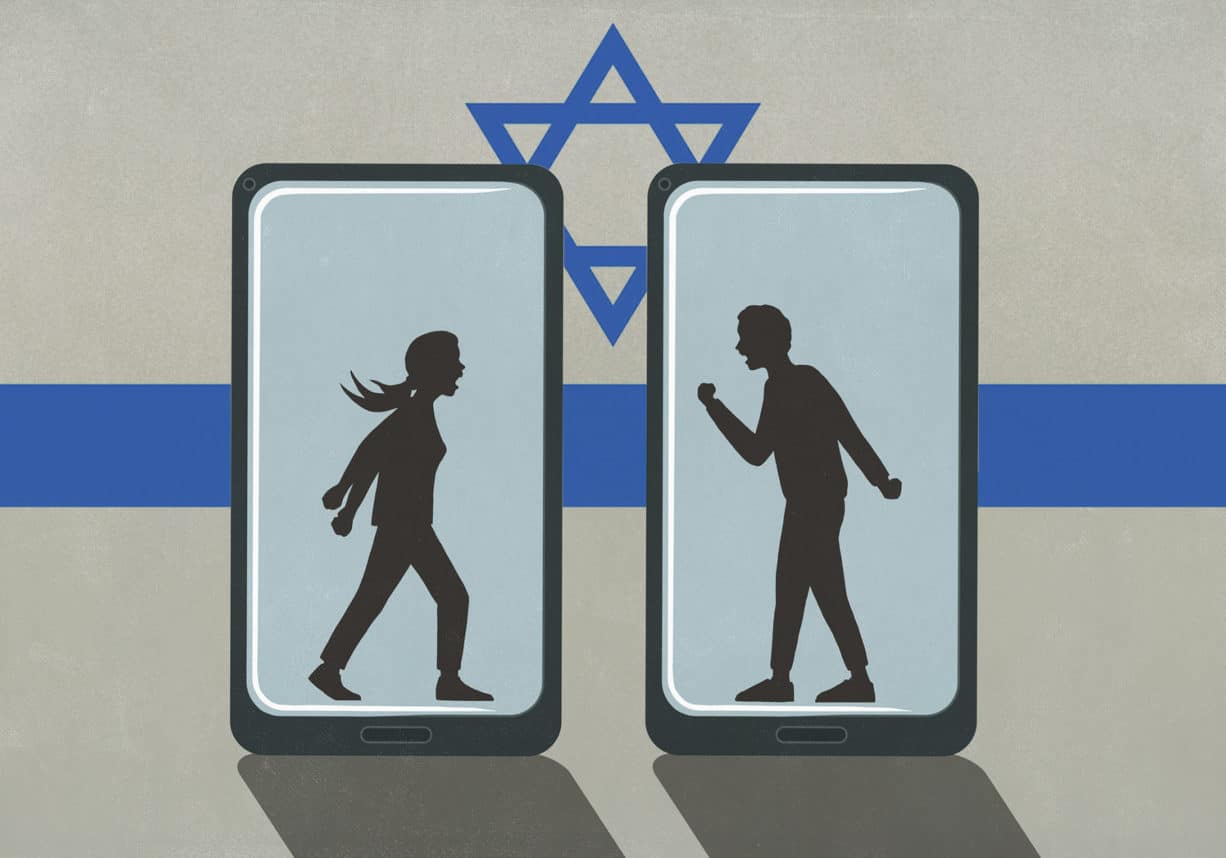




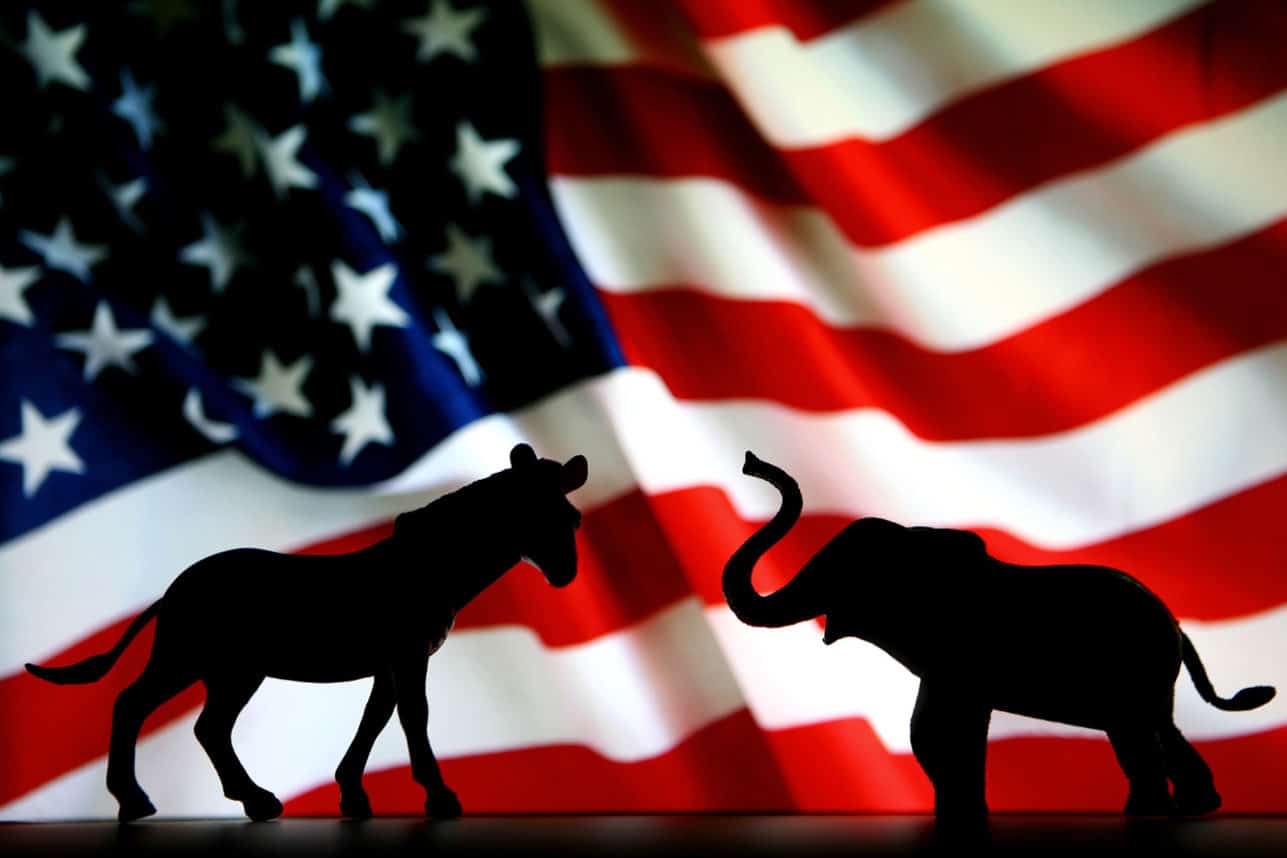
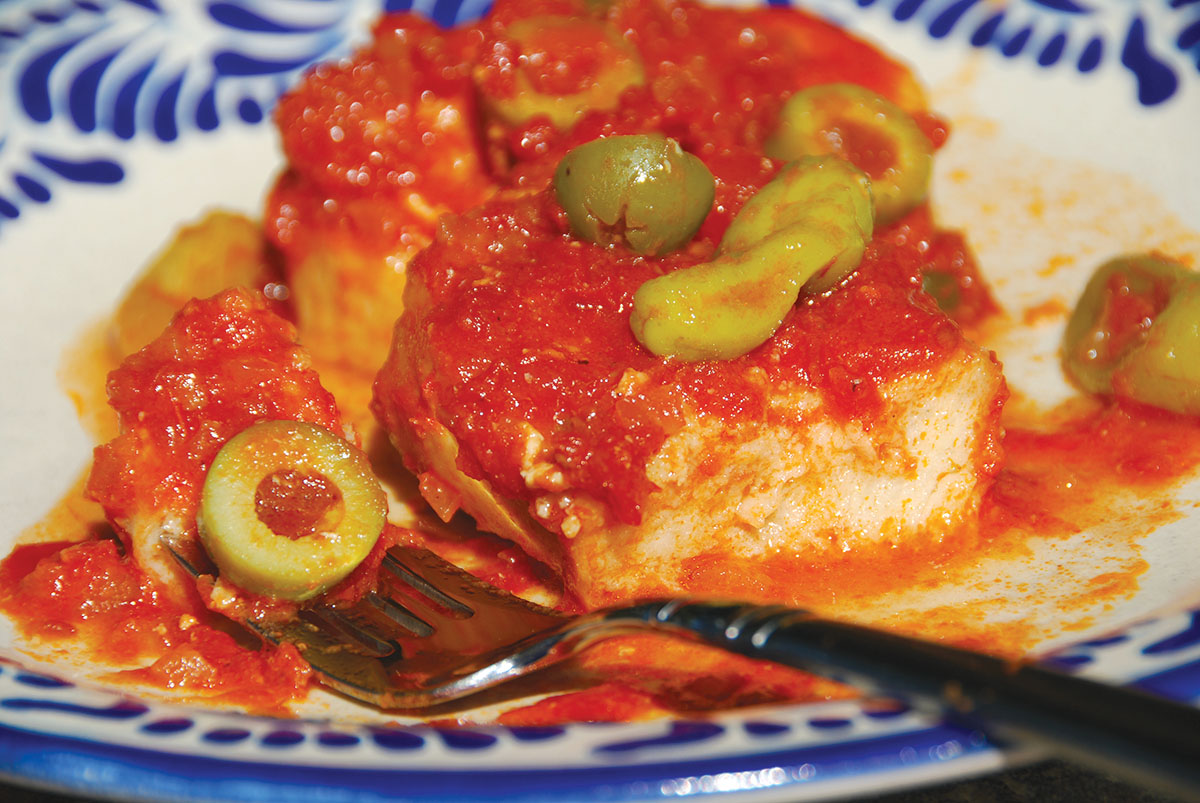
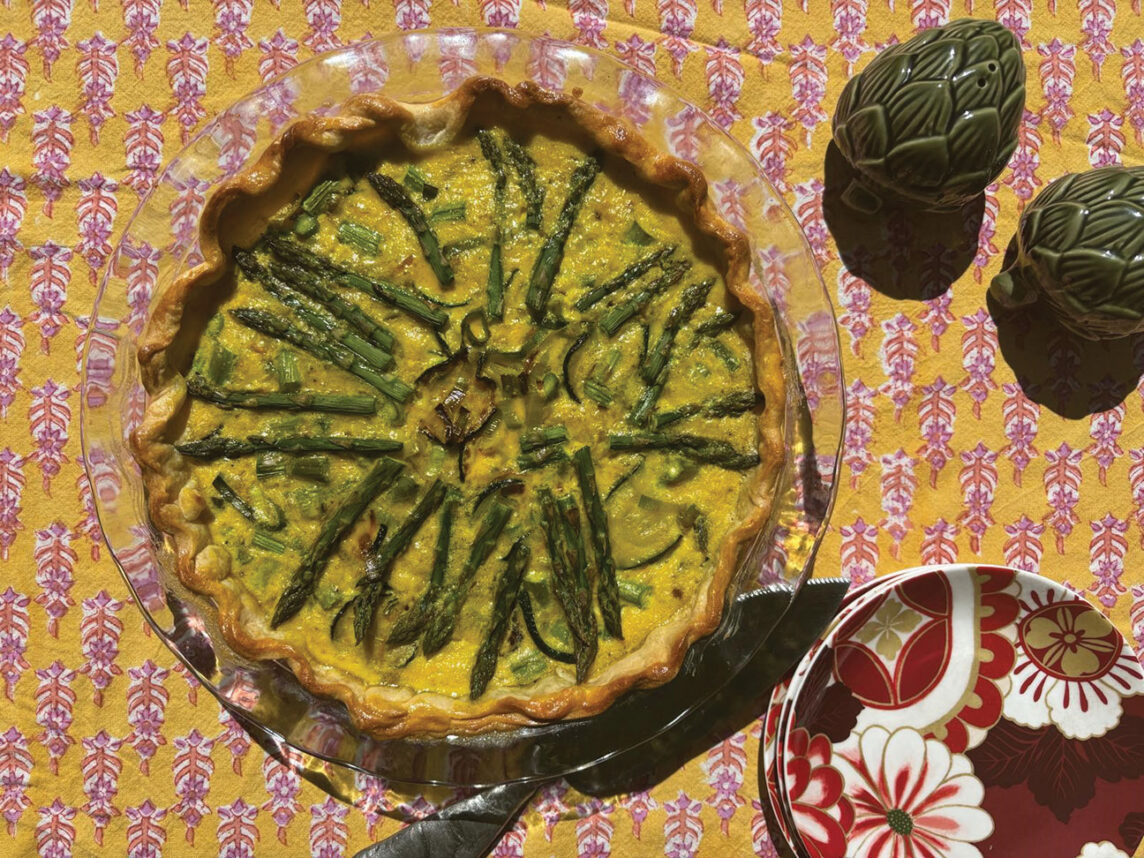













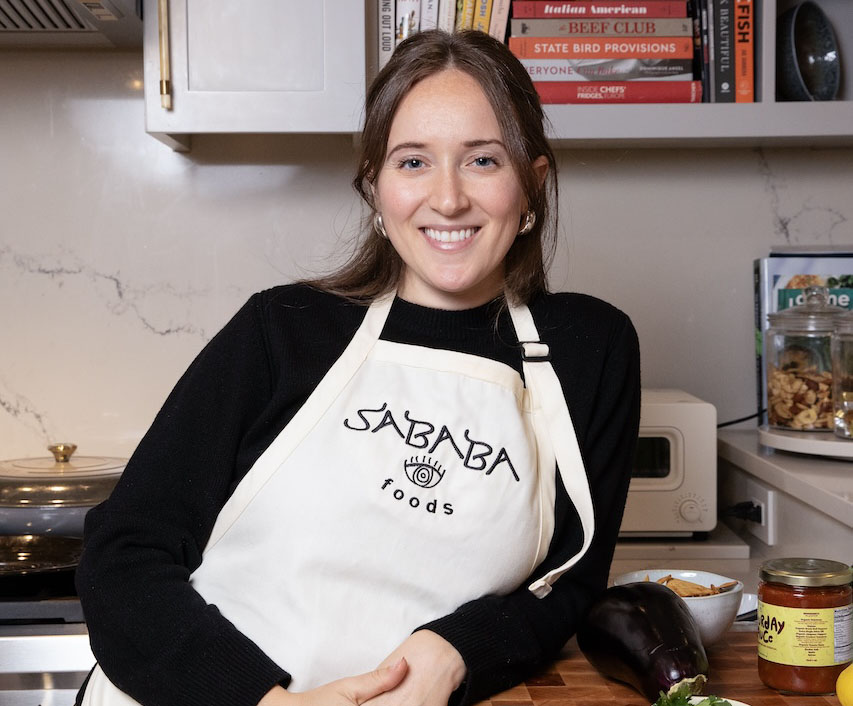

 More news and opinions than at a Shabbat dinner, right in your inbox.
More news and opinions than at a Shabbat dinner, right in your inbox.